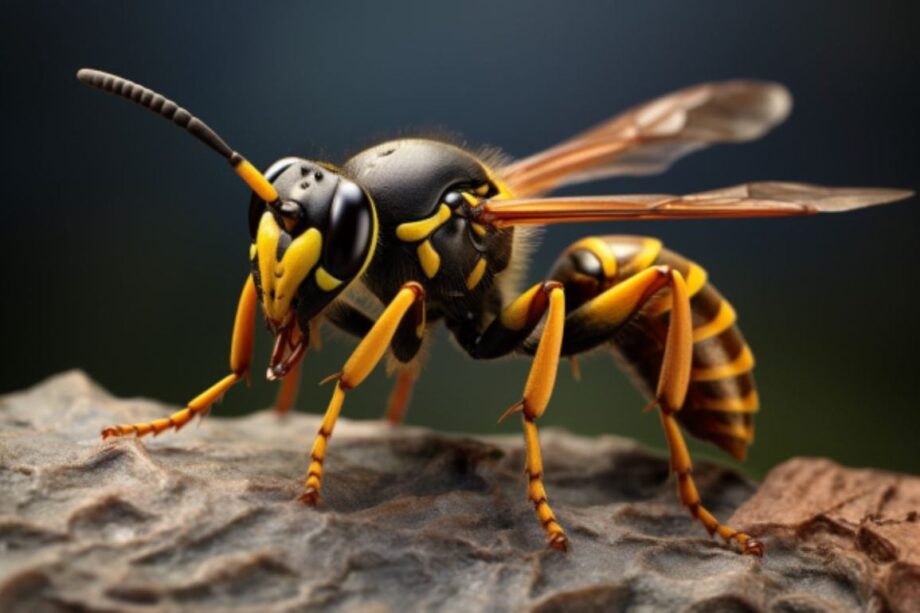Neuroscientists at the Flatiron Institute in New York City and their colleagues have achieved a significant breakthrough using one of the world’s tiniest brains.
Using an ion beam, an electron microscope, and remarkable patience, they meticulously mapped the entire early visual system of a parasitic wasp smaller than a grain of table salt, from light-absorbing eyes to information-processing neurons. This achievement represents the first complete synaptic-level reconstruction of such a system from a single specimen of any animal species, as reported by the neuroscientists on September 29 in Current Biology.
Despite its minuscule brain, with only 8,600 cells compared to a human’s typical 171 billion, this tiny insect exhibits complex behaviors like flight. Study lead author Nicholas Chua, formerly a research analyst at the Flatiron Institute’s Center for Computational Neuroscience (CCN) and now a graduate student at Columbia University, finds it astounding that so much complexity exists within such a small brain.
Dmitri Chklovskii, the senior author of the study and a group leader at the CCN, describes the wasp’s brain as “very similar to bigger brains but simpler and smaller.” The researchers are currently working on mapping the wasp’s entire brain.
Chklovskii believes that the principles governing neurons and neuronal circuits are universal among animals, including humans. This insight from insects may be applied to understanding the human brain. Additionally, insights into bug brains could enhance artificial intelligence tools. Chklovskii’s group at the CCN collaborated with Harald Hess of the Howard Hughes Medical Institute’s Janelia Research Campus and Alexey Polilov of Moscow State University on this project.
By studying the most basic brains in the animal kingdom, researchers can identify the mechanisms and rules governing complex behaviors. The parasitic wasp Megaphragma viggianii, measuring just around 200 micrometers long, serves as an ideal subject due to its ability to fly and locate the eggs of thrips, insects in which the wasps lay their own eggs.
The researchers faced a significant challenge in mapping the entire early visual system, from the wasp’s eyes to the initial visual processing neurons. Unlike previous methods that used multiple specimens and encountered discrepancies, they employed a single wasp. Because its cells were too small for light imaging, they used an electron beam to observe how the electrons scattered. They then carefully shaved thin layers from the insect with an ion beam to reveal deeper levels of its head.
Subsequently, the neuroscientists manually mapped the wasp’s brain cells and synapse connections, an extremely laborious task (though they have begun implementing AI-powered tools for future studies). Through this approach, they gained a deeper understanding of how the wasps perceive and process visual information, including their ability to detect light polarization, a previously unknown trait.
The next phase for these neuroscientists is to map the remaining portions of the wasp’s brain, unveiling the interconnected framework behind the insect’s complex behaviors. Chklovskii anticipates that the principles derived from these simpler systems will be applicable to more complex brains, such as our own.
Source NeuroScienceNews

